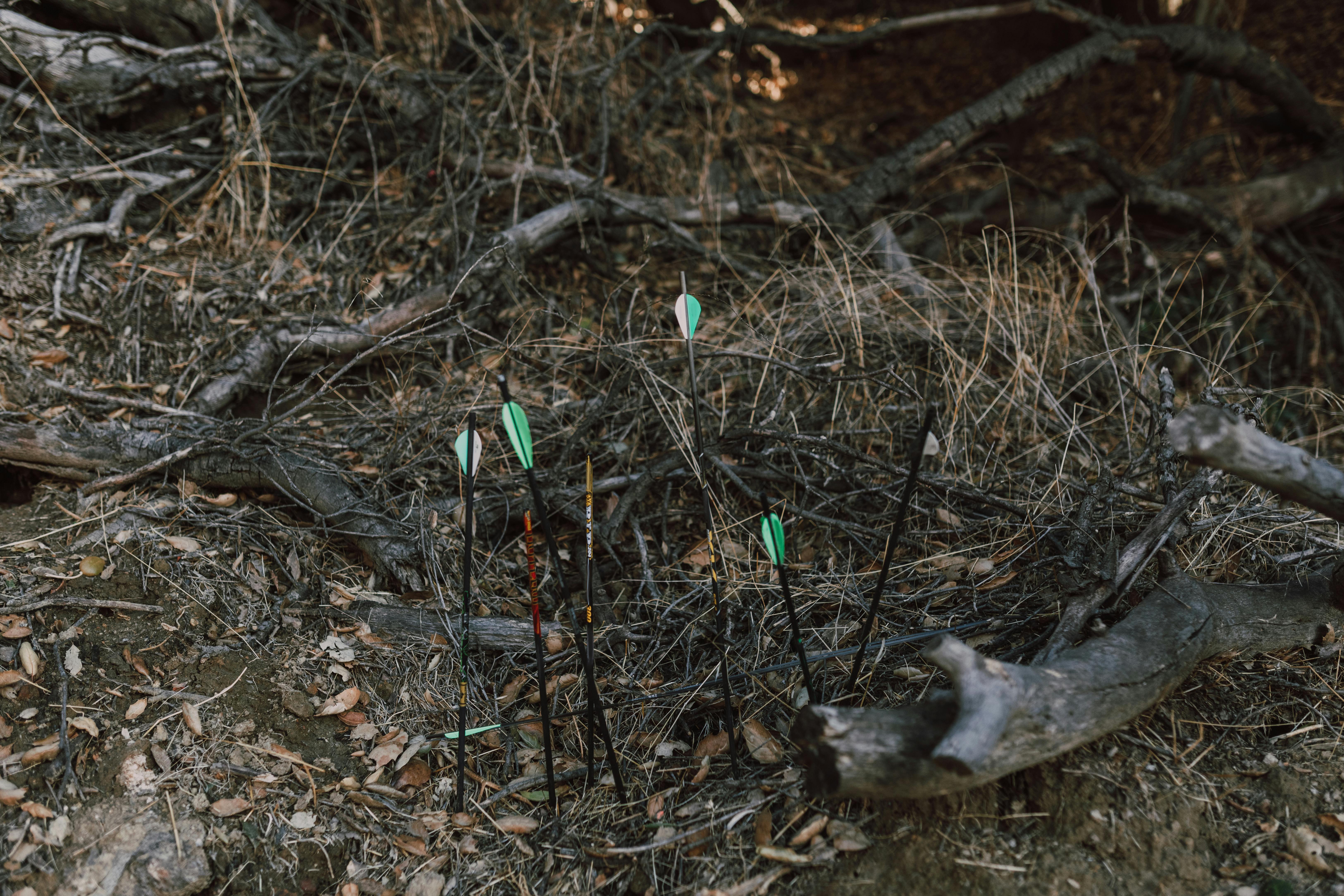
Throughout history man has been obsessed with his mortality, fascinated by what lies beyond this life. The Ouija board is probably the most famous tool used to communicate with the dead, and it seems to have been around for centuries. In China there are records dating back to 1200 BC. C., who state that Ouija boards were frequently used in written communications with the dead, while 13th-century Mongols were said to use a table and “rattling noises” for the same purpose. In 540 BC C., the Greek philosopher Pythagoras and his sect held frequent sessions or circles in which “a mystical table, which moved on wheels, moved towards the signs. Pythagoras and his student supposedly interpreted the board’s actions to the audience, describing them as revelations from the unseen world. The results were compiled into an “Apocryphon” (meaning “those that have been hidden – a book of uncertain authorship).
The current Ouija board was designed in Baltimore in 1892 by Elija J Bond and William Fuld, when boards became popular for use in “parlor games.” It is a refined version of one invented in 1853 by the French spiritualist Monsieur Planchette. The board above was a large sheet of paper with a heart-shaped wedge of two wheels that had a pencil on one end. Today’s board is inscribed with numbers and letters, and the wedge is now called a “planchette”.
Ouija board design varies slightly from country to country. The original and most popular design places “yes” at the top of the circle and “no” at the bottom. The letters are placed in a circle starting with the letter A next to the word yes and continuing until the letter Z ends on the other side of the word “yes”. The ten numbers from one to zero are placed at the bottom next to “no”. The Ouija board generally requires a minimum of two people to operate it. It is very rare that one person has the power to operate the board.
Ouija boards have become an iconic part of the culture and have been featured in several books and movies. Their roles vary from being a benign object to an evil entity. A more peculiar role for talking boards in literature comes from authors using the board to channel the written works of the deceased:
~ Pearl Curren held public sessions and claimed that her Ouija board enabled her to communicate with the spirit of Patience Worth, resulting in Curren publishing a series of poems and prose.
~ Sylvia Plath’s poem “Dialogue on a Ouija Board” incorporates text from one of the sessions she had with her husband using a Ouija board.
~ Emily Hutchings claimed in 1917 that she had communicated with Mark Twain, who dictated a book to her which she wrote via the Ouija board. Twain’s descendants stopped publication of the book through the courts, which was later said to be so poorly written that it could not have been written by Twain, dead or alive.
~ James Merrill used messages he claimed to have gotten from various deceased people while using a Ouija board in his poetry “The Changing Light at Sandover”.
~ John Fuller worked with a spirit medium while doing research for his book “The Ghost of Flight 401,” which was about a flight that crashed into the Everglades en route to Miami. They assure that they contacted the flight engineer through the board, and the information obtained was not known by him or by the medium.
~ Writer GK Chesterton used a Ouija board to try to break through a period of skepticism and depression. His experiments with the object sparked his interest in the occult.
~ Bill Wilson, co-founder of Alcoholics Anonymous used a ouija board to contact spirits. His wife claimed that she would receive messages directly without using the whiteboard. For a time, his involvement in AA was deeply affected by his relationship with the Ouija board. Wilson claimed that he received the twelve-step method directly from a spirit without the blackboard and wrote it down.
Although Ouija boards are considered harmless toys by many people, they are a force for evil, opening a door for demons and other malevolent entities to enter our world and create havoc or even destroy a person. The very idea of a Ouija board’s potential power is believed to have a very negative effect on a fragile mind. And that thought alone should be enough to warn us of its power, benign or not.